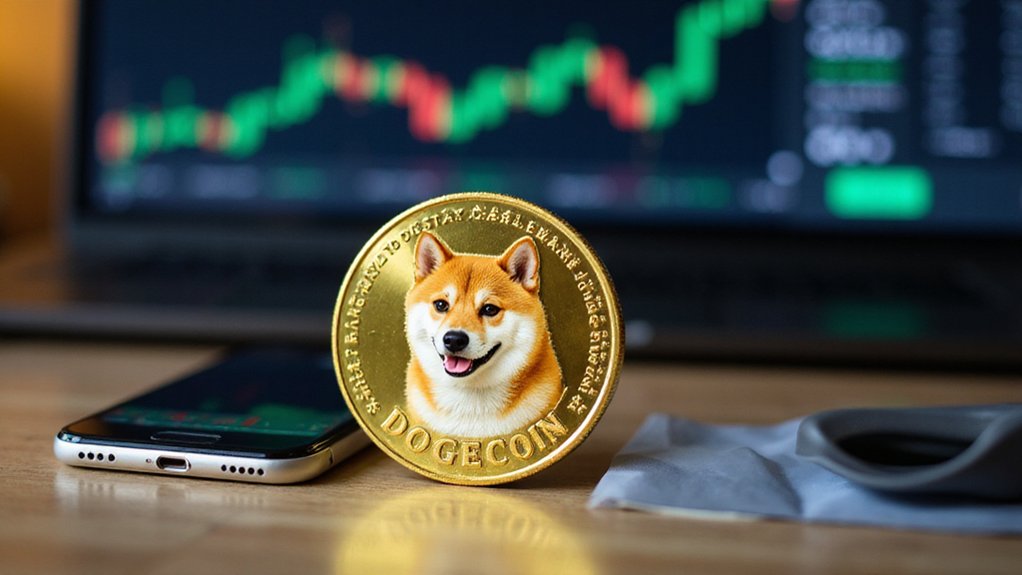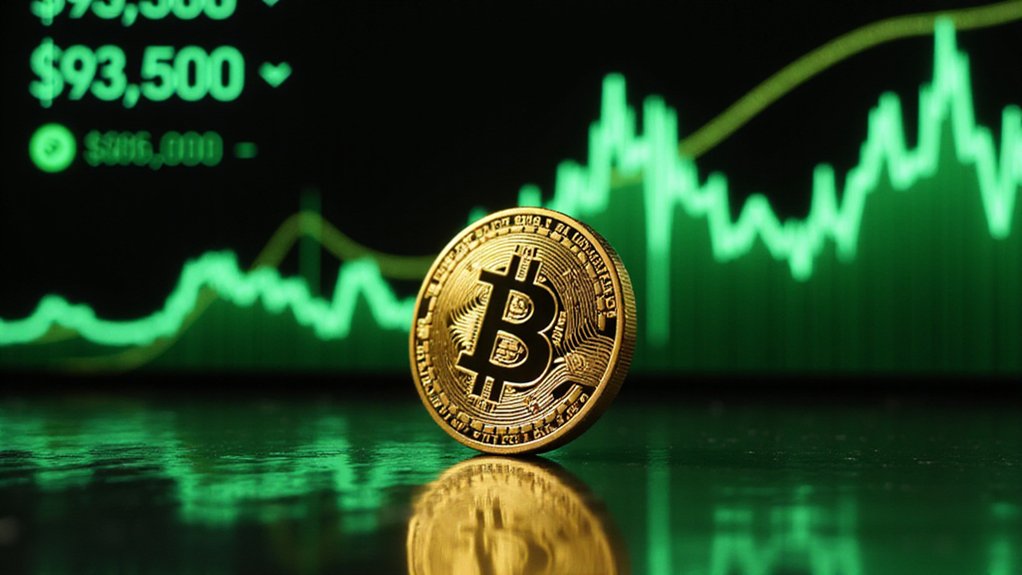A Security Token Offering (STO) represents the regulated evolution of blockchain-based fundraising, packaging traditional securities into digital tokens while embracing—rather than evading—financial oversight. Unlike their unruly ICO predecessors, STOs operate within established securities frameworks, requiring proper disclosures and typically limiting participation to accredited investors. Built on blockchain networks like Ethereum, these offerings leverage smart contracts and token standards (notably ERC-1404) to automate compliance while enabling fractional ownership and global trading capabilities. The STO’s fascinating journey from regulatory rebel to compliance champion reveals much about digital finance’s maturation.

An STO, or Security Token Offering, represents the curious intersection where traditional financial securities meet blockchain innovation—a development that has simultaneously thrilled regulatory bodies and disrupted conventional fundraising paradigms.
Unlike their controversial cousins, ICOs—which operated in the Wild West of crypto fundraising—STOs emerge as the compliant offspring that regulators can actually stomach, packaging ownership of tangible or intangible assets into blockchain-based tokens while maintaining the regulatory framework that has governed securities for decades.
While ICOs roamed the regulatory wilderness, STOs domesticate blockchain’s potential within traditional securities frameworks that watchdogs recognize and respect.
The technical backbone of STOs relies on blockchain networks such as Ethereum or Stellar, where smart contracts (those self-executing agreements that eliminate intermediaries with algorithmic precision) automate verification and transfer of ownership.
Token standards like ERC-20 or the more compliance-focused ERC-1404 serve as architectural blueprints, ensuring that these digital assets maintain their regulatory integrity while integrating essential KYC/AML protocols that traditional finance demands.
What separates STOs from ICOs isn’t merely semantic distinction but fundamental regulatory classification. This differs significantly from motor controllers where STO stands for Safe Torque Off, a safety feature that prevents torque-generating current to motor windings when activated.
While ICOs promised future utility with varying degrees of sincerity, STOs acknowledge their nature as securities outright, embracing rather than evading the oversight of entities like the SEC and FCA.
This regulatory embrace comes with familiar requirements—financial disclosures, risk assessments, and often, restrictions to accredited investors¹.
The advantages of this hybrid approach prove compelling: fractional ownership democratizing investment opportunities, immutable transaction records enhancing transparency, and 24/7 global trading capabilities (regulatory permissions notwithstanding).
ICOs demonstrated both significant risks and rewards in the cryptocurrency space, with projects like Ethereum’s launch showing how successful token offerings can lead to substantial growth and returns for early investors.
Yet risks remain—from jurisdictional uncertainties to cybersecurity vulnerabilities and the ever-present specter of market volatility affecting liquidity.
For businesses seeking capital, STOs offer an alternative to traditional IPOs and crowdfunding campaigns, potentially accessing global investor pools while leveraging blockchain’s inherent efficiencies.
The irony isn’t lost on observers that blockchain—originally conceived as a tool for circumventing institutional oversight—has evolved into a mechanism through which traditional securities law finds new expression in digital form.
It’s worth noting that across various disciplines, STO has 58 different meanings spanning categories from Information Technology to Military & Government, Science & Medicine, and various organizational contexts.
¹Those investors who meet specific income or net worth thresholds.
Frequently Asked Questions
How Do STOS Compare to IPOS and ICOS?
STOs occupy the regulatory middle ground between heavily-regulated IPOs and largely unregulated ICOs.
While IPOs offer traditional equity through established financial systems (with commensurate costs and friction), STOs leverage blockchain for enhanced transparency and fractional ownership while maintaining securities-based investor protections.
ICOs, those wild children of crypto-finance, provide faster fundraising but lack meaningful safeguards.
STOs effectively marry traditional securities’ legitimacy with blockchain’s efficiency—a pragmatic evolution that addresses the excesses of the ICO era.
What Regulations Govern STOS Across Different Countries?
STO regulations vary greatly by jurisdiction, forming a regulatory patchwork that challenges global issuers.
In the U.S., the SEC applies securities laws rigorously, demanding registration or appropriate exemptions.
The EU operates under MiFID II and forthcoming MiCA frameworks, while Asia-Pacific presents a regulatory spectrum—from Singapore’s clear guidelines to China’s outright prohibitions.
Despite regional differences, common threads emerge: securities classification, mandatory KYC/AML compliance, disclosure requirements, and a universal (if occasionally overzealous) emphasis on investor protection.
How Can Investors Participate in an STO?
Investors seeking STO participation must navigate a process that, while more regulated than crypto’s Wild West days, remains surprisingly navigable.
The journey begins with platform selection and mandatory KYC/AML verification (goodbye, anonymity), followed by account setup and compatible wallet preparation.
Funding options must align with platform requirements.
Post-investment, participants may receive ownership rights, dividends, or voting privileges—benefits that justify the regulatory hoops through which one must jump¹.
¹Unlike ICOs, which often offered little beyond speculative hope.
What Are the Risks Associated With Investing in STOS?
Investors in STOs face a veritable minefield of risks: regulatory uncertainties that can shift beneath one’s feet overnight; market volatility reminiscent of a cardiac patient’s EKG readings; potential asset depreciation or outright loss; and the ever-present specter of operational mishaps from technical failures to management incompetence.
While the blockchain’s immutability offers some comfort, it simultaneously complicates asset recovery when things go sideways—as they invariably do in nascent financial instruments still finding their footing.
How Are STO Tokens STOred and Transferred Securely?
STO tokens are stored and transferred through blockchain technology, leveraging digital wallets for custody and smart contracts for transaction execution.
This infrastructure guarantees security through immutable ledger systems that record all transfers transparently.
Unlike their less-regulated cousins, STOs incorporate compliance checks into their transfer mechanisms—a feature that may frustrate speed-obsessed traders but ultimately protects all parties involved.
Permissioned blockchains often provide an additional layer of security, restricting transfers to verified participants who’ve cleared regulatory hurdles.









